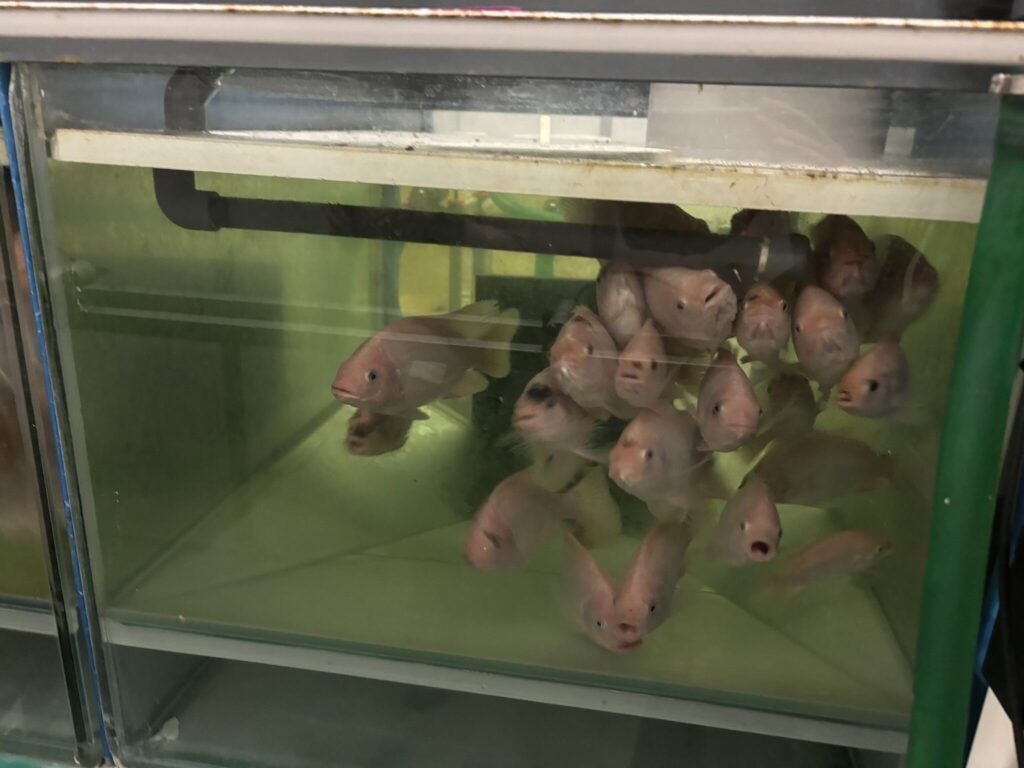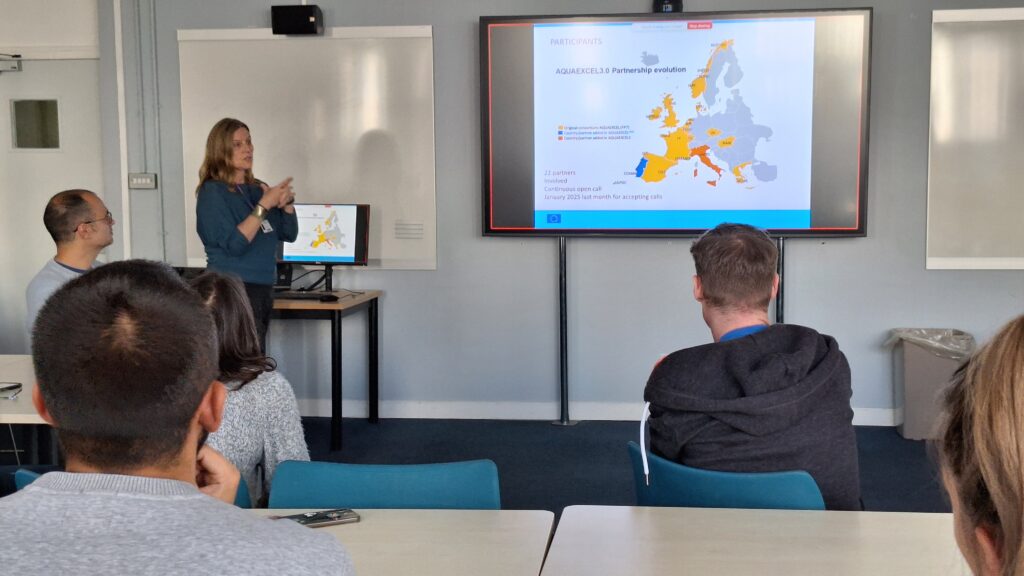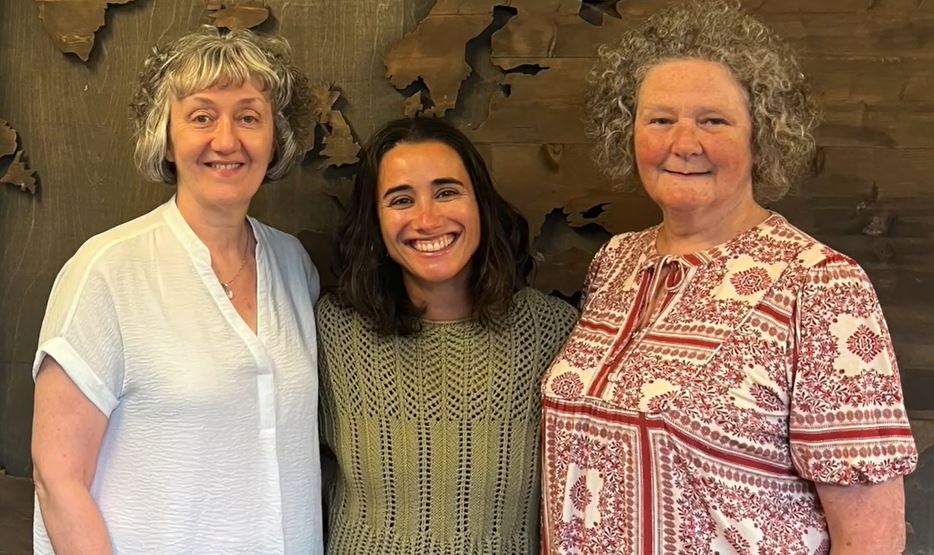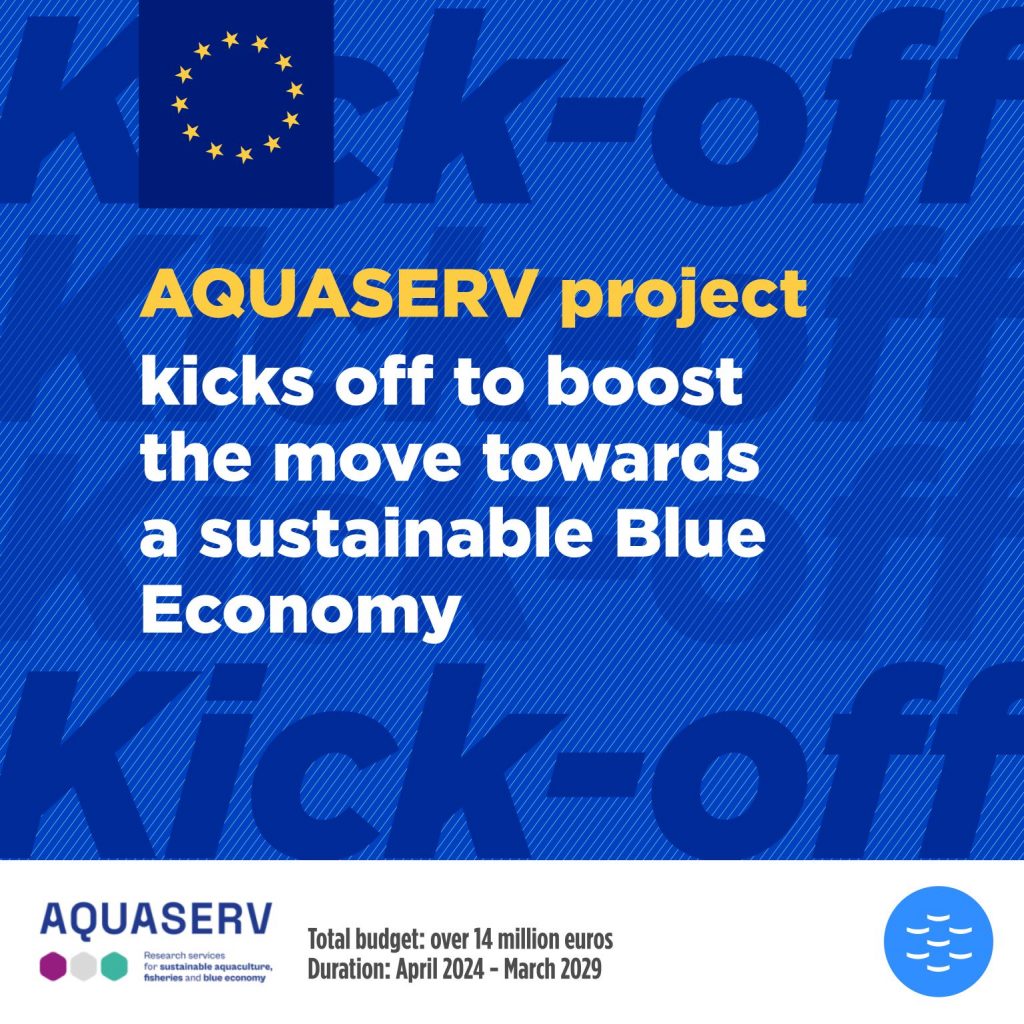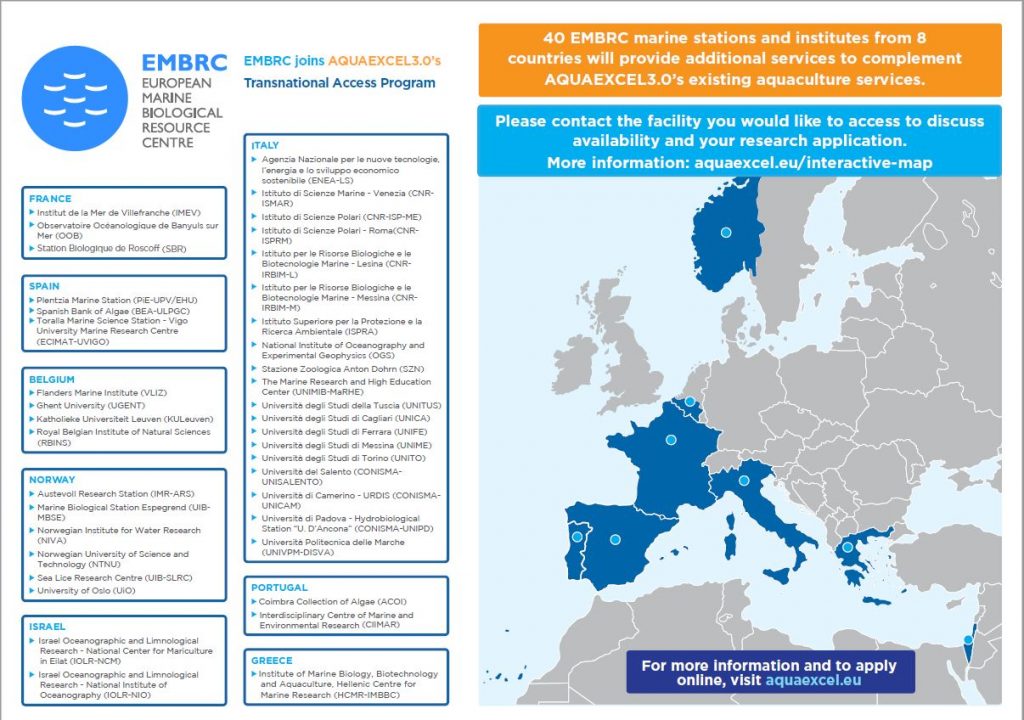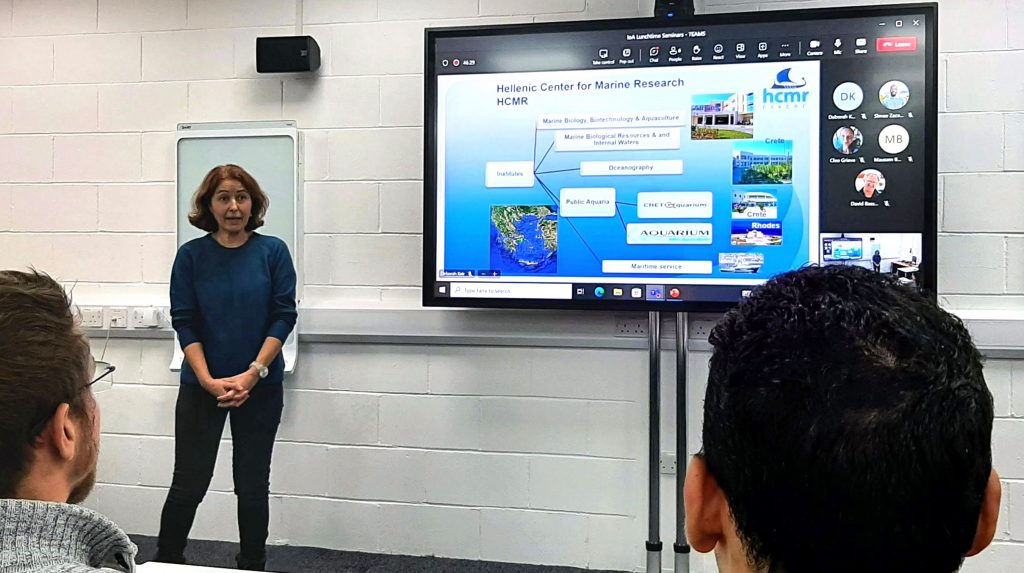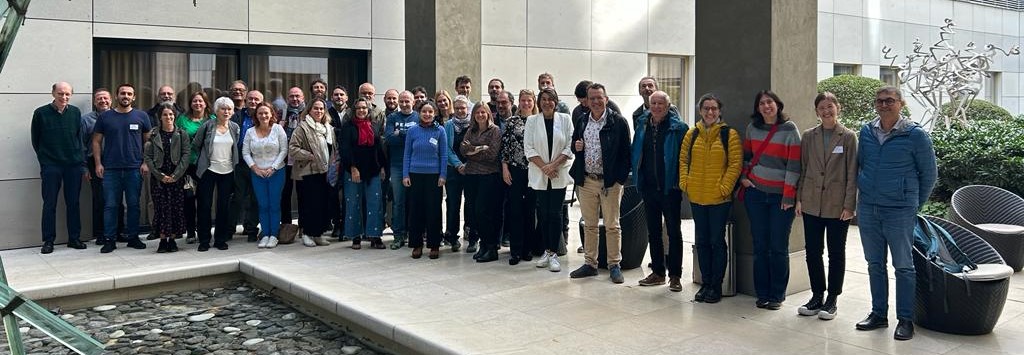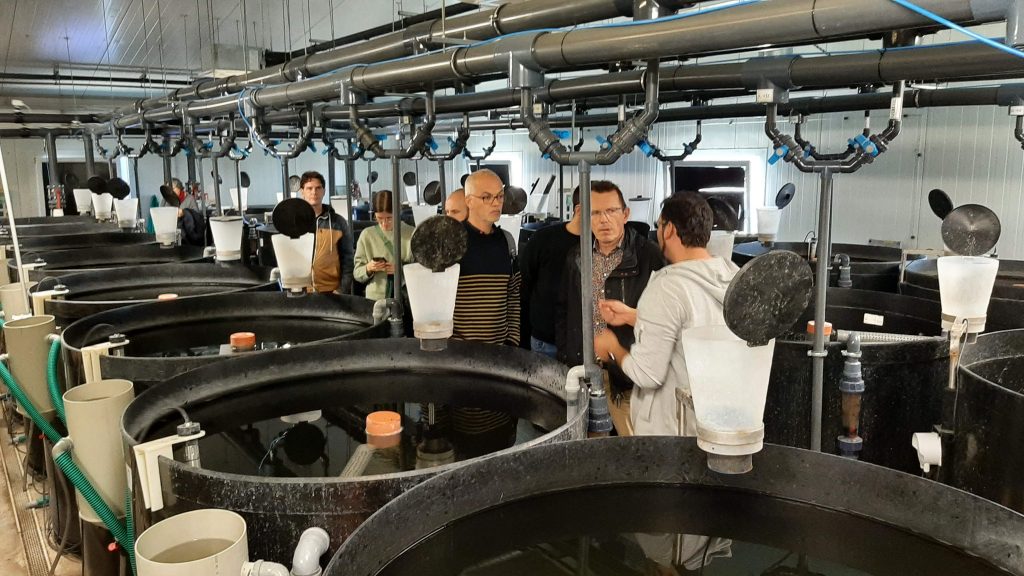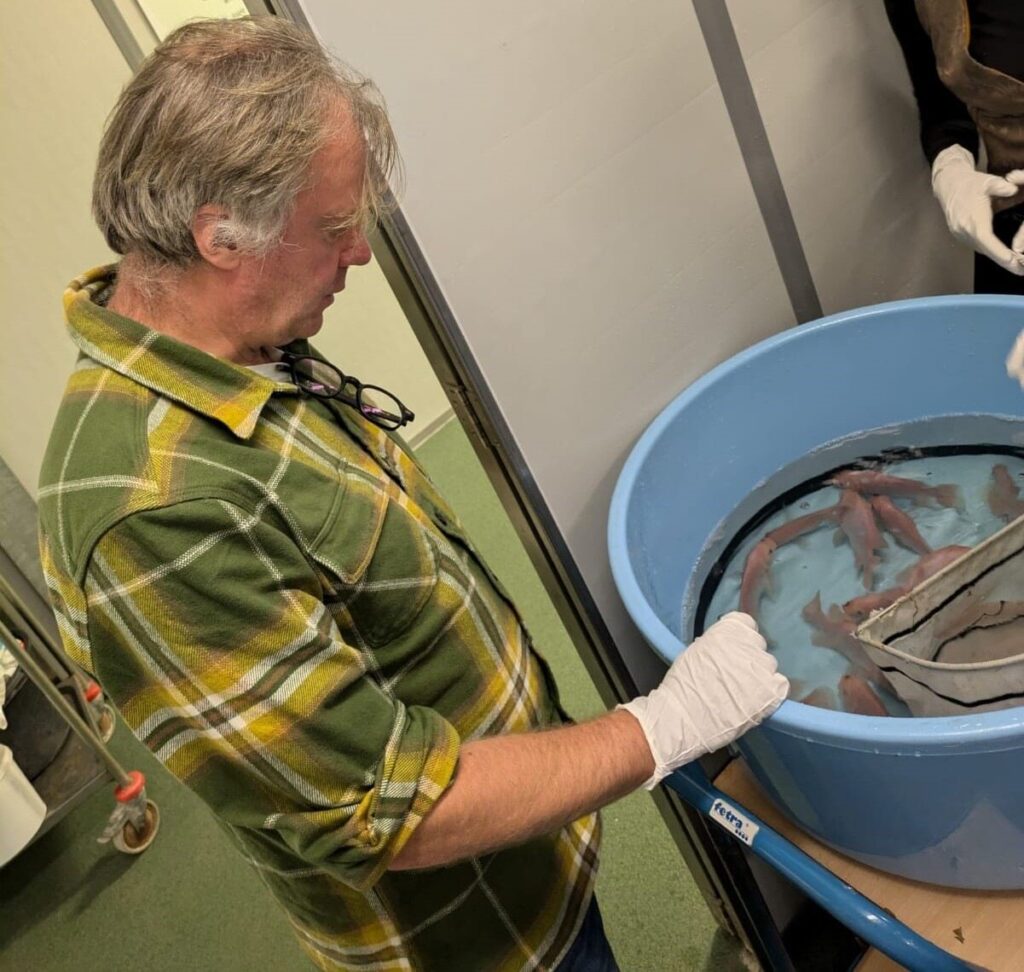
Dr Stuart McMillan, Research Fellow at the Institute of Aquaculture, University of Stirling, reports: The last days of October saw myself and Dr. Monica Betancor visit Wageningen University and Research (WUR) to observe the completion of our trial investigating hempseed inclusion in diets of Nile tilapia (Oreochromis niloticus). Industrial hempseed (Cannabis sativa) is an amazing emerging sustainable resource and is a biproduct of European cultivation for the construction and biofuel industry. Furthermore, it absorbs plenty of CO2, can be part of a crop rotation strategy and bioremediates soil. Our short 6-week trial compared growth, behaviour of fish and the digestibility of diets comparing a commercial-like feed, to a diet with a soybean meal (SBM) inclusion and two experimental diets where a proportion of SBM was replaced with either hempseed meal or a single cell protein (Calysta’s FeedKindⓇ).
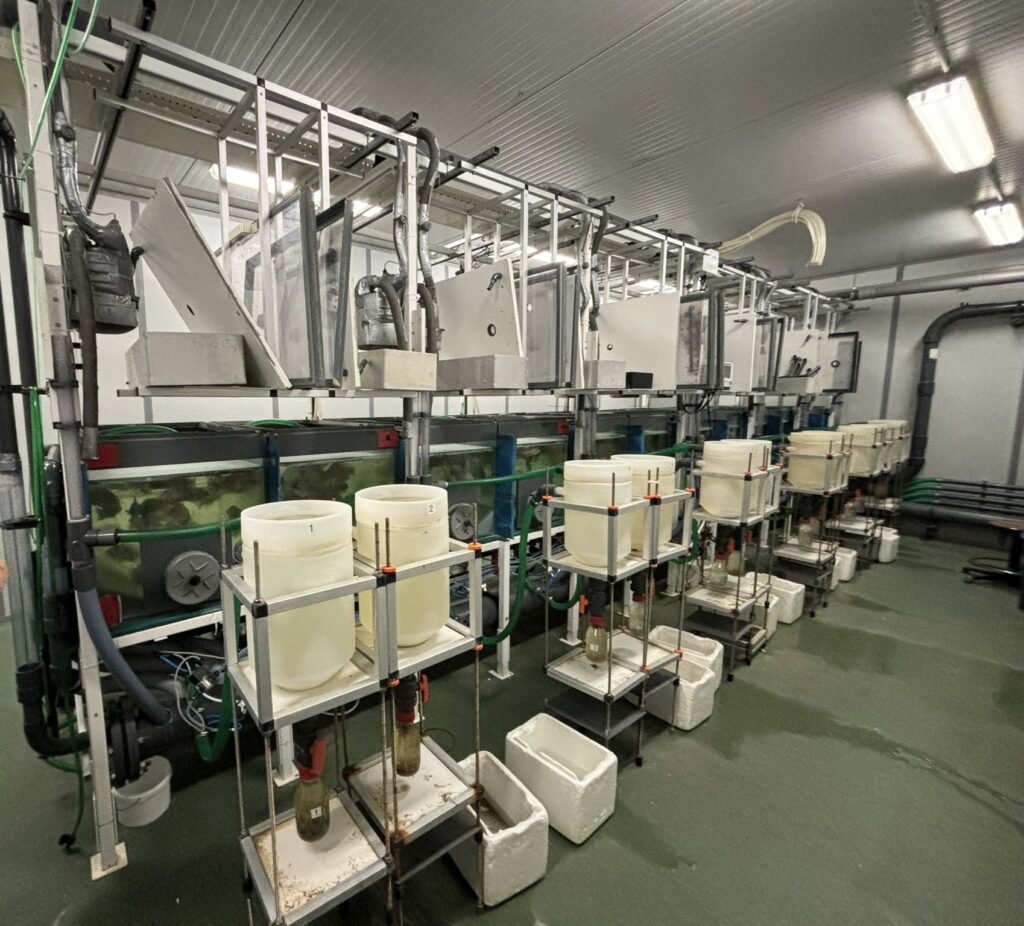
This was all possible through the AQUAEXCEL Transnational Access programme, which I would heartily recommend, especially for those who are eager to get some experience with small grant writing. Overall, this was an excellent opportunity primarily to complete a piece of collaborative research with a different institution and build networks, and special thanks to Dr Fotini Kokou, our collaborator in Wageningen! In addition, it was also an excellent opportunity to visit another institution and see how they did things differently, especially relating to running their aquarium facilities, and compliance for a trial in a country with slightly different rules governing animal research. Results are still pending and will be discussed in an accompanying video soon!
